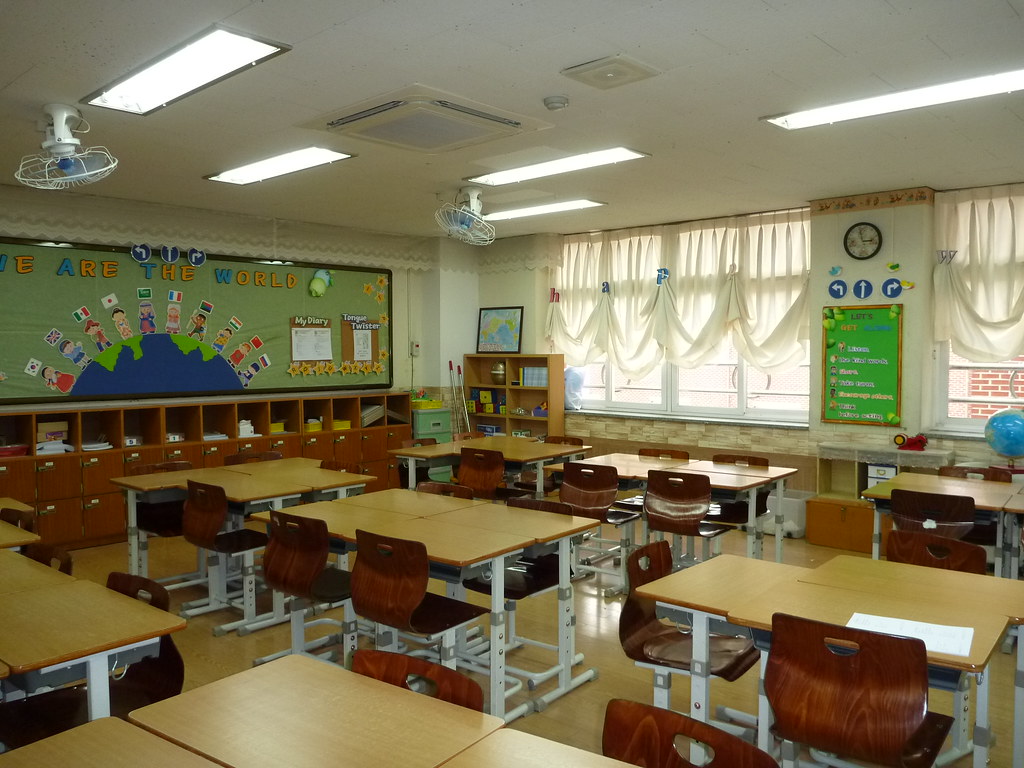
"Inside My Classroom" by knittymarie is licensed under CC BY-SA 2.0.
There are many different types of education all around the world. Not just what we learn but also the type of educational system we have. Many people who don’t visit or learn in different countries may not understand the differences in education. As a student with a background in two types of education, understanding different types of education encouraged me to think about what type of education I want to have.
Culture Shapes How We Learn
Culture plays a significant role in shaping education and learning methods. In East Asian countries such as Japan, South Korea, and China, education focuses on discipline, memorization, and respect for authority. In contrast, Western educational systems—like those in Finland, Canada, and the United States—focus on critical thinking, active participation, and collaboration.
According to the 2020 OECD Education Report, students from East Asia consistently rank among the top globally in academic performance. However, surveys show that they also experience higher levels of stress compared to their Western peers. These findings suggest that while East Asian education systems excel in academic achievement, Western systems may offer a more balanced approach, promoting both academic success and student well-being.
From my experience, schools in Japan focus a lot on the use of textbooks and notebooks. Students memorize important facts, and tests are based on what’s in the textbooks, unlike schools in Western countries, which encourage critical thinking. Japanese education is mostly about memorization. Overall, the system is well-balanced, but it could do a better job of helping students develop critical thinking skills.
Unique Norms
Teaching styles vary across different countries, each reflecting unique cultural values and educational approaches.
In Japan, education focuses on collaboration through activities like serving food to classmates and cleaning the classroom. During lunch, students from first through eighth grade serve food to their classmates. Once everyone has received their meal, they wait until all are served before beginning to eat—a practice that fosters patience and respect. After lunch, instead of relying on custodians, students and teachers work together to clean the classroom, reinforcing a sense of responsibility and teamwork.
Conversely, in the United Kingdom, studio schools emphasize life skills. From ages 14-19, schools focus on practical and vocational learning. These schools bring together life skills with academic subjects to prepare students for challenges in the real world. The curriculum includes project based learning and partnerships with businesses gaining knowledge and skills.